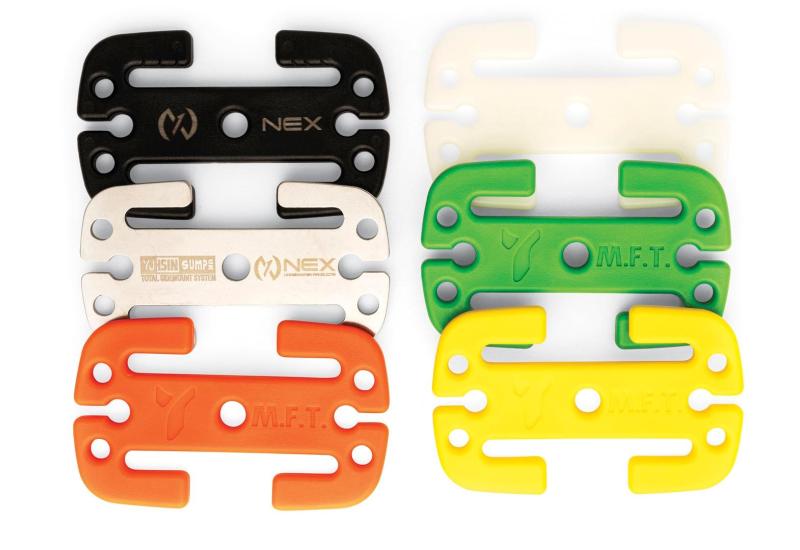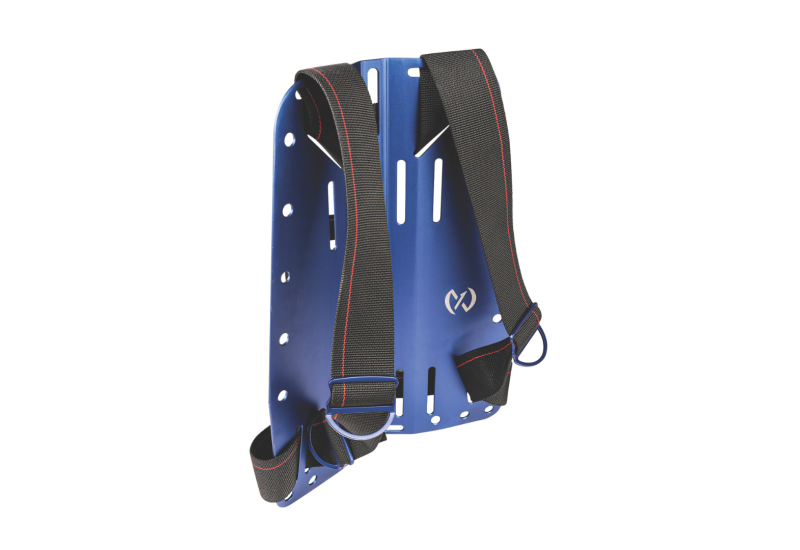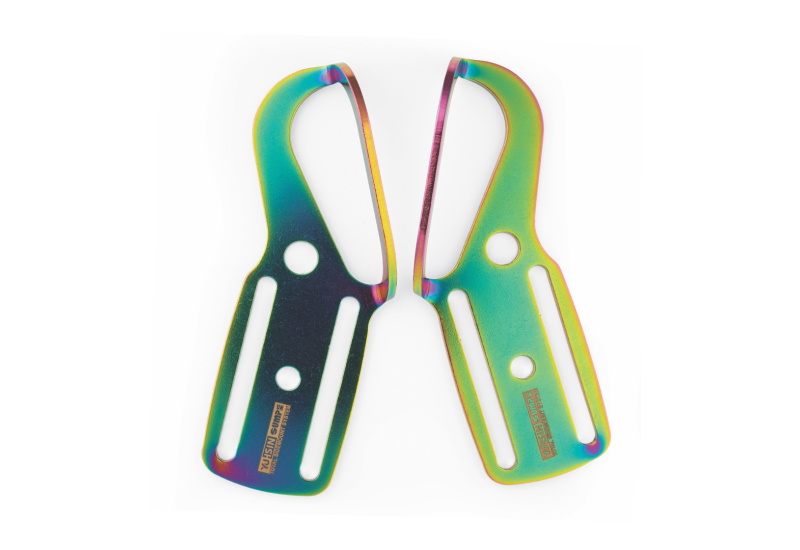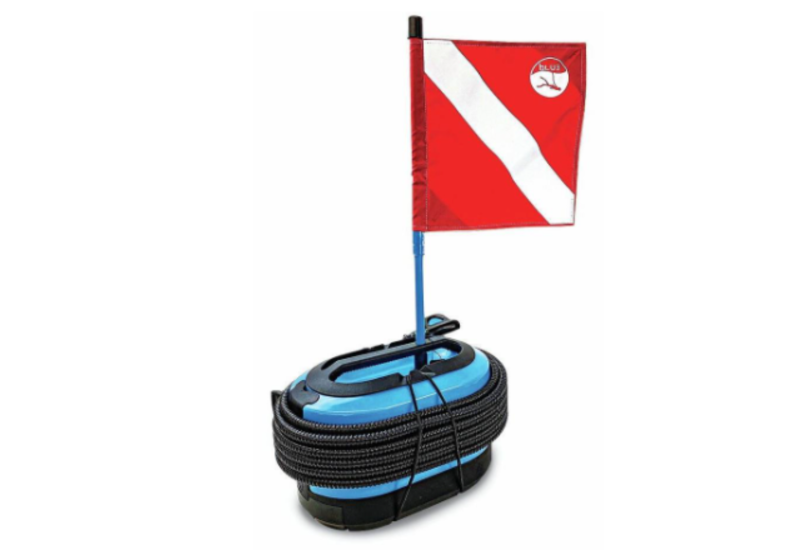Lights, Cameras--Take Action
||
|---|
|  |
|
| |
|  |
|
| |
|  |
|
| |
Here's what to do after every dive trip.
1. Rinse sand and salt from the outside of the light or housing (let's call it the "case"), paying particular attention to the seam where it opens. But don't point a hose directly at that seam--you may force water past the O-ring. Soaking and gentle brushing is much safer.
2. Dry carefully before opening, again paying extra attention to the seam.
3. Open the case, remove batteries and/or film, and look closely for any signs of moisture inside, such as fogging or tiny droplets of moisture.
4. Remove the O-ring carefully. If necessary, use something blunt like the corner of a credit card. A knife tip may nick the O-ring.
5. Clean the O-ring and both O-ring grooves. Look closely for nicks, cracks, hairs and tiny bits of sand, especially if you saw leakage in Step 3.
6. Inspect the battery contacts for signs of corrosion. They should be shiny. If not, clean them with electrical contact cleaner, a pencil eraser or (in more serious cases) a solution of baking soda and water and fine sandpaper. Inspect the batteries for bulging and leakage.
Diving again tomorrow?
Replace the O-ring or install a new one. Lubricate it with a tiny bit of silicone grease--just enough so that it is shiny. Visible globs of grease will just attract dirt. Replace the batteries or install new ones.
Before closing the case, inspect both sides of the seam carefully. Even a tiny hair across the O-ring will cause a leak.
Storing your light or camera for months?
Remove the O-ring. It can take a "set" if compressed for a long time, and then it may not seal.
Remove the batteries. They may leak in time.
Don't lose the O-ring, and don't forget to reinstall it.
Flying home tomorrow?
Close the case without the O-ring, and batteries. Low pressure at altitude (commercial airliners are pressurized to the equivalent of 8,000 feet) can cause batteries to leak. A closed case with O-ring installed will depressurize, then seal as you descend. Surface air pressure will make the case difficult to open.
Alternatively, you can reinstall the O-ring, but leave the case cracked open. This probably carries more risk of dirt getting inside, however.
|| |---|
| |
| |
|
|
| |
|  |
| |
|
|
| |
|  |
| |
Here's what to do after every dive trip.
|
| |
Here's what to do after every dive trip.
1. Rinse sand and salt from the outside of the light or housing (let's call it the "case"), paying particular attention to the seam where it opens. But don't point a hose directly at that seam--you may force water past the O-ring. Soaking and gentle brushing is much safer.
2. Dry carefully before opening, again paying extra attention to the seam.
3. Open the case, remove batteries and/or film, and look closely for any signs of moisture inside, such as fogging or tiny droplets of moisture.
4. Remove the O-ring carefully. If necessary, use something blunt like the corner of a credit card. A knife tip may nick the O-ring.
5. Clean the O-ring and both O-ring grooves. Look closely for nicks, cracks, hairs and tiny bits of sand, especially if you saw leakage in Step 3.
6. Inspect the battery contacts for signs of corrosion. They should be shiny. If not, clean them with electrical contact cleaner, a pencil eraser or (in more serious cases) a solution of baking soda and water and fine sandpaper. Inspect the batteries for bulging and leakage.
Diving again tomorrow?
Replace the O-ring or install a new one. Lubricate it with a tiny bit of silicone grease--just enough so that it is shiny. Visible globs of grease will just attract dirt. Replace the batteries or install new ones.
Before closing the case, inspect both sides of the seam carefully. Even a tiny hair across the O-ring will cause a leak.
Storing your light or camera for months?
Remove the O-ring. It can take a "set" if compressed for a long time, and then it may not seal.
Remove the batteries. They may leak in time.
Don't lose the O-ring, and don't forget to reinstall it.
Flying home tomorrow?
Close the case without the O-ring, and batteries. Low pressure at altitude (commercial airliners are pressurized to the equivalent of 8,000 feet) can cause batteries to leak. A closed case with O-ring installed will depressurize, then seal as you descend. Surface air pressure will make the case difficult to open.
Alternatively, you can reinstall the O-ring, but leave the case cracked open. This probably carries more risk of dirt getting inside, however.










